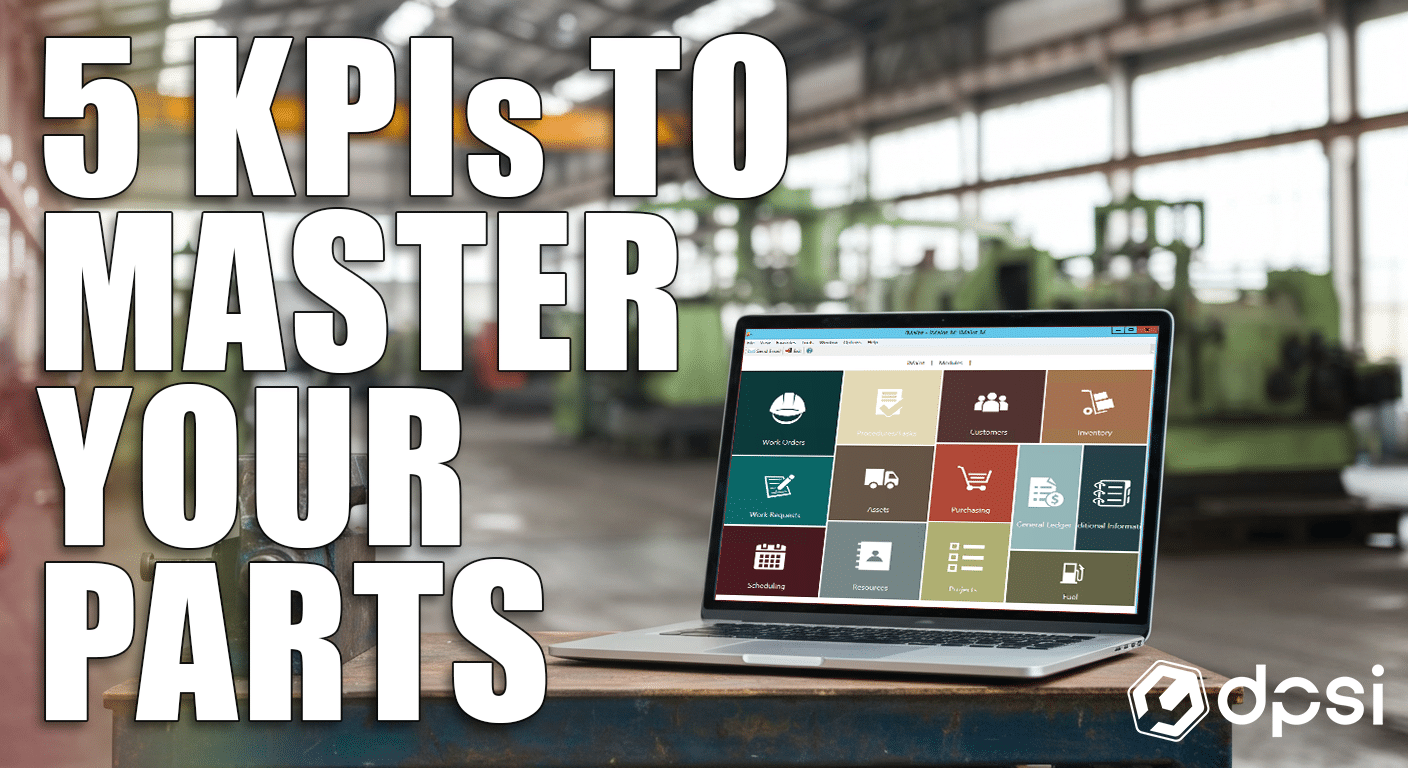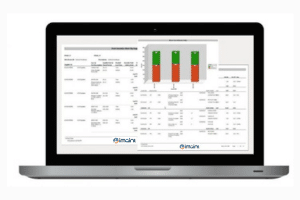If you’re a manufacturing or facility manager, you know spare parts inventory can make or break your day. Too many parts tie up cash, too few leave you scrambling when a machine goes down. Today, with rising costs and tighter schedules, getting this right is more critical than ever. Key Performance Indicators (KPIs) are your secret weapon—simple metrics that show what’s working and where you’re bleeding time or money. Pair them with a CMMS like iMaint from DPSI, and you’ve got a system to keep your operation humming. Here’s how to use KPIs to measure and manage your spare parts inventory, updated for today’s challenges.
Why KPIs Matter for Spare Parts
Inventory management isn’t about gut feelings—it’s about data. A well-stocked parts room keeps production rolling, but overstocking or shortages can grind things to a halt. Today, managers face pressure to cut costs and boost uptime, with supply chain hiccups and labor shortages making every part count. KPIs give you a clear picture: Are you prepared for preventive maintenance? Are slow-moving parts draining your budget? iMaint steps in with tools to track work orders and parts usage, turning those numbers into action.
The Balancing Act
The goal? Enough parts for emergency maintenance or scheduled repairs without a warehouse full of dust-collectors. Lean inventory is the buzz today—stock what you need, not what you might. iMaint, per DPSI, offers “real-time dashboards” and “parts management” to help you find that balance. KPIs are your guide, showing where to adjust before you’re stuck rushing an order or scrapping obsolete stock.
Five KPIs to Watch
Here are five KPIs to keep your inventory on track. They’re straightforward, measurable, and built for the realities of modern maintenance.
- Inventory Accuracy
- What It Is: How well your records match what’s on the shelf.
- Formula: (Actual Count / Computer Reported Balance) x 100. Aim for >95%, checked weekly.
- Why It Matters: Wrong counts mean delays. iMaint offers “inventory control” from DPSI to keep your numbers tight, so you’re never caught short.
- Emergency Purchase Costs
- What It Is: Cost of rush orders vs. total spending.
- Formula: (Emergency Spend / Total Spend) x 100. Target <2%, monthly.
- Why It Matters: Last-minute buys hurt the bottom line. iMaint provides “scheduled maintenance” tools to help you plan ahead and dodge the panic.
- Stock Outs
- What It Is: Times you run out of critical parts.
- Formula: (Stock Out Incidents / Total Pieces Issued) x 100. Keep it <1%, weekly.
- Why It Matters: No parts, no production. iMaint includes “cloud-based options” to let you monitor levels online, staying one step ahead.
- Days of Inventory on Hand
- What It Is: How long your stock lasts.
- Formula: (Total Inventory Value / Average Daily Dollars Used). Aim for <30 days, monthly.
- Why It Matters: Too much stock wastes money. iMaint delivers “reports and graphs” from DPSI to highlight usage, keeping you lean.
- Slow-Moving Parts
- What It Is: Parts that sit unused vs. total stock.
- Formula: (Slow/No Movement Parts / Total Parts) x 100. Target <5%, monthly.
- Why It Matters: Dead stock is dead weight. iMaint provides “data analytics” to spot these, so you can rethink what’s on the shelf.
How to Use Them
Pick five KPIs that fit your goals—say, cutting downtime or stretching your budget. DPSI’s mission is “reduce downtime and lower costs,” so start there. Use iMaint to track these on a dashboard—work orders, parts, costs—all in one place. Check them monthly, adjust as your needs shift, and watch your inventory tighten up. Soon, iMaint will offer a mobile module (in the works, no app yet) to let you manage this on the go—practical power for busy managers.
The iMaint Difference
iMaint isn’t just another CMMS—it’s your edge. From DPSI, it brings “customization options” to fit your shop, “cloud computing” for access anywhere, and “work order management” to keep tasks flowing. Whether it’s preventative maintenance or an emergency fix, iMaint has your back with dashboards and reports that make sense. It’s not about fancy tricks; it’s about results—less downtime, lower costs, and a parts inventory that works for you.
Take Charge in Today’s Economy
Spare parts are the backbone of your operation, and KPIs are how you keep them in line. With iMaint from DPSI, you’re not just measuring—you’re mastering. In today’s economy, when every minute and dollar counts, don’t leave it to chance. Set your KPIs, plug in iMaint, and turn your inventory into a strength. Ready to take control? Your next win’s just a metric away.





